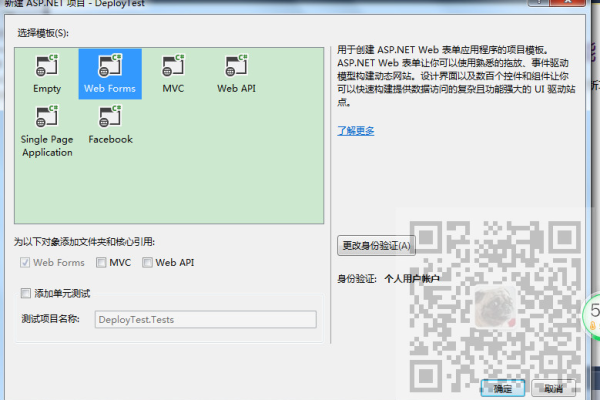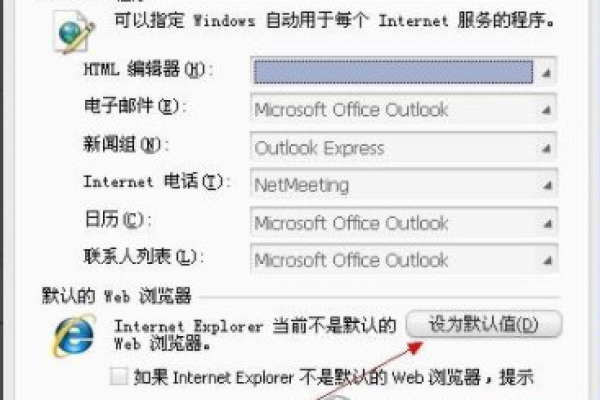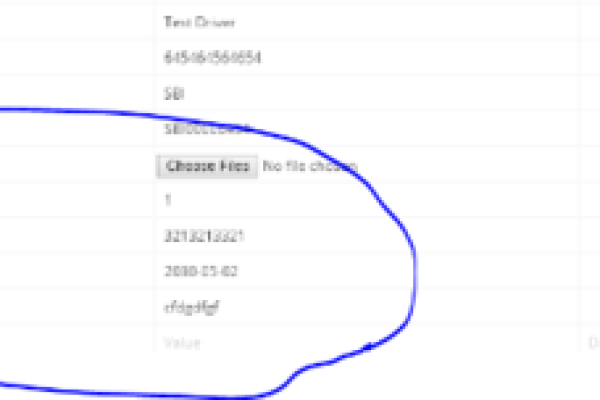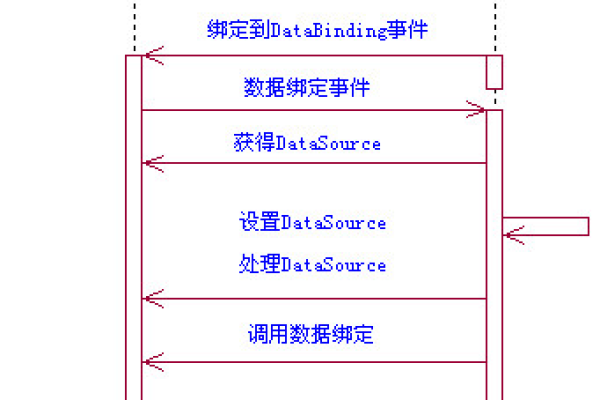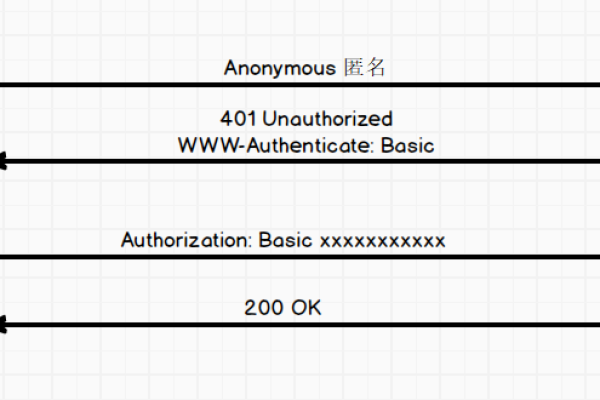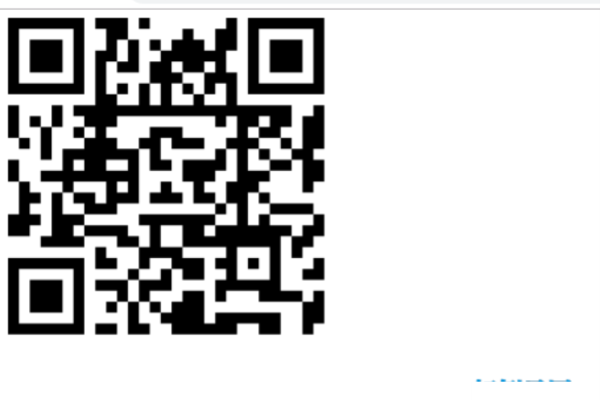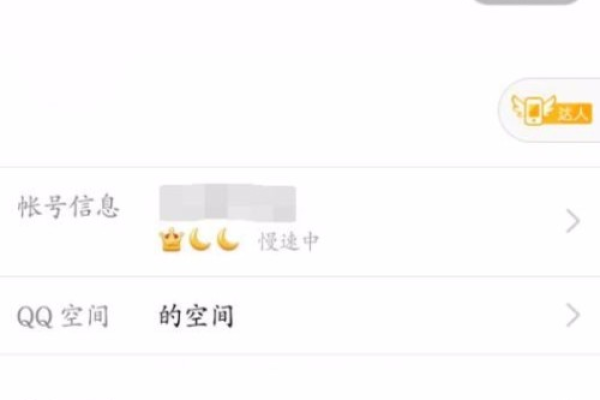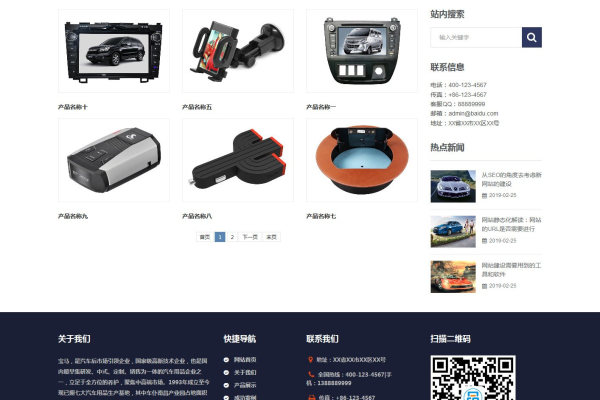ASP.NET如何实现动态载入用户控件的技术?
- 行业动态
- 2025-03-07
- 8
在ASP.NET中,动态载入用户控件的方法有多种,以下是一些常用的方法:
1、使用Page.LoadControl方法
步骤
确保在页面的顶部使用@Reference指令注册用户控件,如果用户控件名为MyUserControl.ascx,则在页面顶部添加<%@ Reference Control="MyUserControl.ascx" %>。
在代码隐藏类文件中或包含.aspx文件的代码声明块中,使用LoadControl方法加载用户控件。Control myControl = LoadControl("~/MyUserControl.ascx");。
将加载的用户控件添加到页面的控件集合中,通常是添加到一个已存在的容器控件(如Panel、PlaceHolder等)中。myPanel.Controls.Add(myControl);。
示例
假设有一个用户控件MyUserControl.ascx,在一个按钮的点击事件中动态加载该用户控件到panel1容器中:
“`c#
protected void Button1_Click(object sender, EventArgs e)
{
// 加载用户控件
UserControl myUserControl = (UserControl)LoadControl("~/MyUserControl.ascx");
myUserControl.ID = "myUserControl";
// 将用户控件添加到panel1中

panel1.Controls.Add(myUserControl);
}
优点:实现简单,适用于只需要动态加载单个用户控件的情况。缺点:每次加载用户控件时都需要重新创建其实例,如果多次加载相同的用户控件,可能会导致性能问题。
2、使用自定义基类和缓存技术步骤
创建一个自定义基类,继承自System.Web.UI.Page,在该基类中定义一个属性用于存储最后一次加载的用户控件路径,并重写Page_Load方法,在该方法中检查是否有需要重新加载的用户控件。
在具体的页面类中,从自定义基类继承,并实现一个方法用于加载用户控件,该方法先移除已有的相同用户控件(如果有),然后根据传入的用户控件路径加载新的用户控件,并将其添加到指定的容器中,同时更新最后一次加载的用户控件路径。示例
自定义基类BasePage:
```c#
public class BasePage : System.Web.UI.Page
{
protected string LatestLoadedControlName
{
get
{
return (string)ViewState["LatestLoadedControlName"];
}
set
{
ViewState["LatestLoadedControlName"] = value;
}
}
protected void Page_Load(object sender, EventArgs e)
{
if (this.LatestLoadedControlName != "")
{
this.LoadUserControl(LatestLoadedControlName, container);
}
}
public void LoadUserControl(string controlName, Control container)
{
// 先移出已有的控件
if (LatestLoadedControlName != null)
{
Control previousControl = container.FindControl(LatestLoadedControlName.Split('.')[0]);
if (previousControl != null)
{
container.Controls.Remove(previousControl);
}
}
// 加载新的用户控件
UserControl userControl = (UserControl)this.LoadControl(controlName);
userControl.ID = controlName.Split('.')[0];
container.Controls.Add(userControl);
LatestLoadedControlName = controlName;
}
}
具体页面类Default.aspx.cs:
“`c#
public partial class _Default : BasePage
{
protected void Page_Load(object sender, EventArgs e)
{
if (!IsPostBack)
{

LoadUserControl("~/MyUserControl.ascx", this.form1);
}
}
}
优点:通过缓存技术减少了重复加载用户控件的性能开销,提高了页面的加载效率。缺点:实现相对复杂,需要对页面的生命周期和视图状态有一定的理解。
3、使用接口和工厂模式步骤
定义一个接口IGetUCable,该接口包含一个方法GetUC,返回类型为UserControl。
让用户控件实现该接口,并在GetUC方法中返回自身的实例。
创建一个工厂类,用于根据传入的用户控件名称创建用户控件的实例。
在需要加载用户控件的地方,通过工厂类获取用户控件的实例,并将其添加到页面的控件集合中。示例
接口定义IGetUCable:
```c#
public interface IGetUCable
{
UserControl GetUC();
}
用户控件MyUserControl.ascx.cs实现接口:
“`c#
public partial class MyUserControl : System.Web.UI.UserControl, IGetUCable
{
public UserControl GetUC()
{

return this;
}
}
工厂类UserControlFactory:
```c#
public class UserControlFactory
{
public static UserControl CreateUserControl(string controlPath)
{
return (UserControl)LoadControl(controlPath);
}
}
在页面中使用工厂类加载用户控件:
“`c#
protected void Page_Load(object sender, EventArgs e)
{
UserControl myControl = UserControlFactory.CreateUserControl("~/MyUserControl.ascx");
this.form1.Controls.Add(myControl);
}
优点:遵循了面向对象设计原则中的开闭原则,提高了代码的可维护性和扩展性,通过接口和工厂模式,可以方便地切换不同的用户控件实现,而无需修改使用用户控件的代码。缺点:对于简单的应用场景来说,可能会增加不必要的复杂性。 ASP.NET中动态载入用户控件的方法各有优缺点,开发者可以根据具体的应用场景和需求选择合适的方法来实现用户控件的动态加载。
